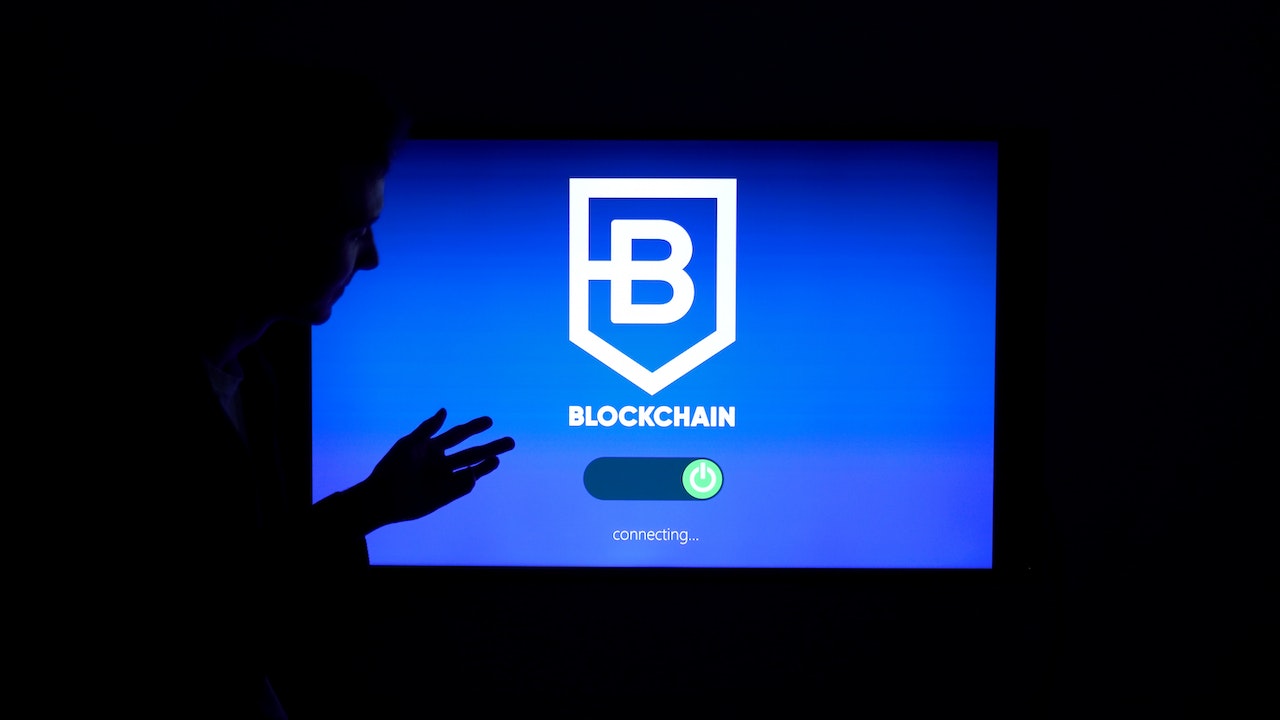How sustainable are NFTs? – LCX

Is Proof-of-Stake a solution to sustainable NFTs?
Proof-of-Stake (PoS) appears to be part of the solution to reducing the environmental impact of NFTs. Research has shown that PoS can cut energy consumption by orders of magnitude compared to PoW. This indicates that their transactions can be more efficient and have a significantly smaller carbon footprint.
Nevertheless, PoS is not without limits. It requires a high level of user trust and consensus to ensure that all validators perform their tasks correctly. Therefore, further study and experimentation is required before digital tokens can fully transition to Proof-of-Stake.
So while non-fungible tokens may be associated with an environmental cost, this is not necessary. With advanced blockchain technology such as Proof-of-Stake, digital currencies can become far more sustainable and energy efficient. Investors, blockchain engineers and the environment all benefit from this situation.
Can investors buy energy efficient NFTs?
If acquired from the right places, non-fungible tokens can be remarkably energy efficient. They operate on a blockchain network and require electricity for coining and transaction authentication.
By choosing blockchains with more energy-efficient consensus methods, such as Liquid Proof-of-Stake (LPoS) and Proof-of-History (PoH), digital assets can operate with significantly less energy.
Solana, for example, combines PoS and PoH consensus techniques. It is compatible with NFT marketplaces such as Rarible, Magic Eden and Solanart. These places are ideal for buying digital tokens with minimal environmental impact.
Tezos, which uses the LPoS consensus method and uses about 2 million times less energy than Ethereum before the merger, is another greener option.
Several NFT, GameFi and DeFi applications are based on Ethereum, making it the most popular blockchain.
Ethereum can also be considered for digital token purchases, as energy usage has dropped dramatically since The Merge. Algorand and Cardano are two other possibilities. Buying these assets from various marketplaces is a fantastic way to support NFT artists and contribute to a greener future.
Final thoughts
The sustainability of NFTs remains a crucial issue that requires continuous attention and adaptation. As the sector continues to expand, more energy efficient consensus procedures will be used.
With advanced blockchain technology such as Proof-of-Stake, non-fungible tokens can become significantly more sustainable and energy efficient. Due to the Merge event, Ethereum has significantly reduced its energy consumption. In addition to Solana, Tezos, Algorand and Cardano, among other blockchains that provide greener options for sustainable NFT purchases. Whether you’re an investor or collector looking to support artists while contributing to a greener future, purchasing tokens from these platforms is a way to do your part today.























